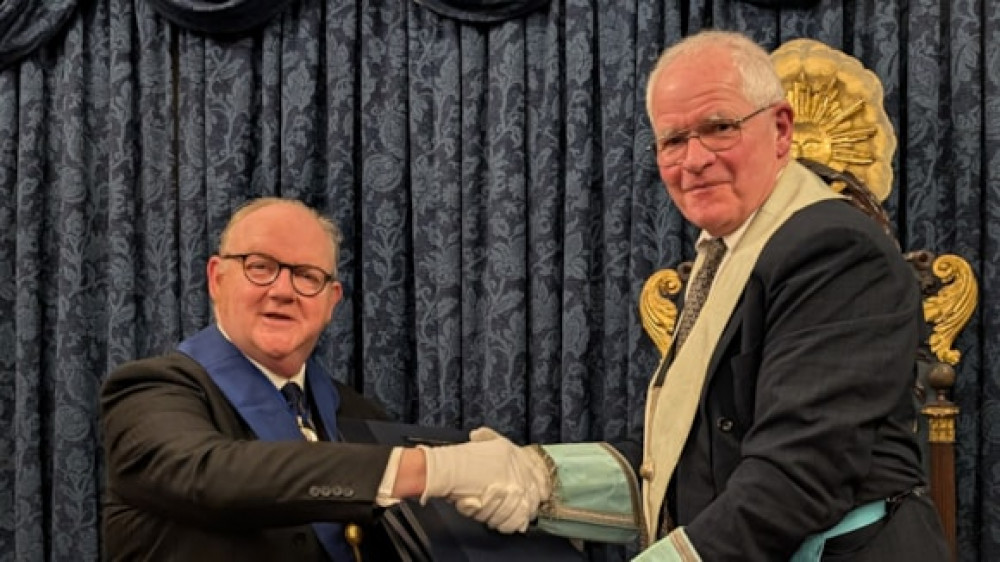Eighteenth century manuscripts rediscovered in Chester attic
By Dherran Titherington 2nd Jun 2025
By Dherran Titherington 2nd Jun 2025

A set of rare 18th-century Masonic documents have been discovered inside a Chester attic.
The rediscovery of 'The Crane Manuscripts', a collection of invaluable 18th-century Masonic documents, offers a unique insight into the history of Freemasonry in Chester.
Written by Reverend Thomas Crane - a well-known Freemason and vicar at St. Olave's Church in Chester, they provide a glimpse into the practices, beliefs, and social networks of Freemasons during this period.
The collection also includes Crane's own history of Freemasonry in England, alongside extracts from his diary - detailing his initiation and membership in early Masonic bodies.
The search for the long-lost papers began in January 2024.
Susan Snell, the librarian at Freemasons' Hall in Chester, had contacted Senior Cheshire Freemason, Simon Medland, in her search for the manuscripts.
Known through academic articles and a 1935 pamphlet, 'Early Freemasonry in Chester', the exact location of the documents had been unknown for many years.
Following an extensive search of the Freemasons' Hall in Chester, the manuscripts were finally unearthed in an old wooden chest in a locked attic storeroom.
The fragile documents had been framed between panes of glass, a preservation method from the 1930s.
With the financial support of the Cestrian Lodge trustees, the Crane Manuscripts underwent months of expert conservation by Julian Thomas, a conservator and Freemason.
The documents, including handwritten Masonic histories, fragments of the Ancient Charges, an early version of the Charge after Initiation, lectures and lodge petitions, have now been bound with acid-free museum backing.
"This discovery and subsequent conservation ensures that these vital pieces of Masonic history will remain in Cheshire, accessible for generations of Masons to study and appreciate," said Simon.
"It is a testament to the dedication and passion of our brethren to preserve our rich heritage."
The next step will involve the creation of high-resolution digital photographs of the manuscripts, ensuring their accessibility to a wider audience online.
CHECK OUT OUR Jobs Section HERE!
chester vacancies updated hourly!
Click here to see more: chester jobs
Share:











